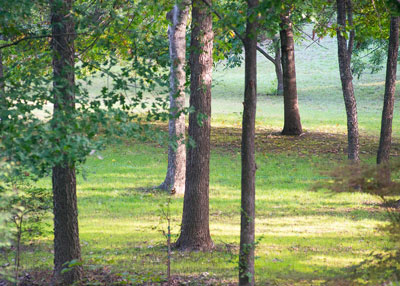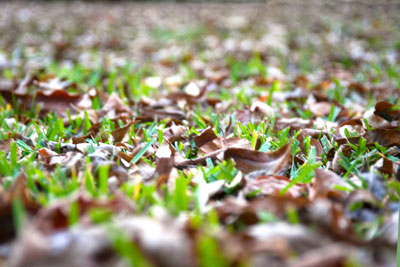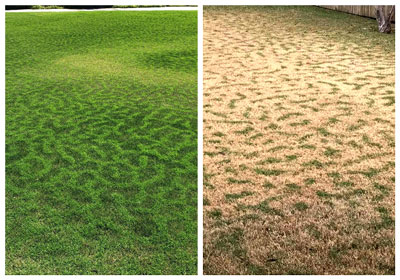Lawn Things Relative to the Cold
People ask lots of questions about their lawns. That’s true in spring, summer and fall. And it’s certainly been magnified these past several days. Here are questions I’ve been receiving. I hope they’ll be of interest to you.
“Is it too late to apply my ‘winterizer’ fertilizer?”
In most of Texas, yes. High-quality lawn foods in Texas contain almost exclusively nitrogen, and nitrogen will promote new vegetative growth. That’s not what you want at this time since it has gotten so cold so early. Sit tight and wait for spring.
On the other hand, if you have fescue or ryegrass you can certainly feed them now. They are both cool-season grasses that do most of their growing in the cooler months. Feed them now and again in mid-February.

“I was late in planting my ryegrass (10 days ago). It hasn’t germinated yet. Is it a lost cause?”
Not at all. Its sprouting has been delayed by the cold, cloudy weather. Be patient. All of a sudden, following a few days of warm, sunny weather, you’ll notice a flush of new green blades.

“Should I leave the tree leaves on my lawn so the grass beneath them will remain green all winter?”
No. They trap warmth and moisture beneath them. Those are conditions ripe for development of diseases in the still-green and succulent turfgrass. Keep them picked up by mowing and bagging them. Put them to work in the compost or as a garden mulch beneath shrubs or around perennials. Don’t send them to the landfill whatever you do.
“Does it help my lawn’s winter hardiness if I raise the mower blade to a taller height now?”
No. The blades are going to shrivel up when they freeze anyway, so they won’t offer any additional protection. Weeds will have an easier time of growing up and competing. Mow at the recommended height for the type of grass that you’re growing.
“How often should I water my lawn over the winter?”
Whenever it needs it. I know that sounds like a flippant reply, but that’s not my intent. Learn to stick your finger down into the soil. When you can tell that it’s getting somewhat firm and dry, soak it deeply, then wait until it begins to dry out again before you water the next time. We have an automatic sprinkler system, and there have been winters when I didn’t have to run the sprinklers at all. But you don’t want to let landscape plants and turfgrass go into extreme cold spells desiccated. Dry plants are damaged far worse than plants that are properly hydrated.

“Why does my bermuda have these unusual ripples in it?”
That’s the impact of a marginal frost last week. I had a bunch of posts on Facebook asking essentially the same thing. They came from various places in North Texas and across Oklahoma. One degree colder and all the grass would have turned brown. One degree warmer and none of it would have. The good news is that it’s of absolutely no concern. The lawns will all be fine come spring.
